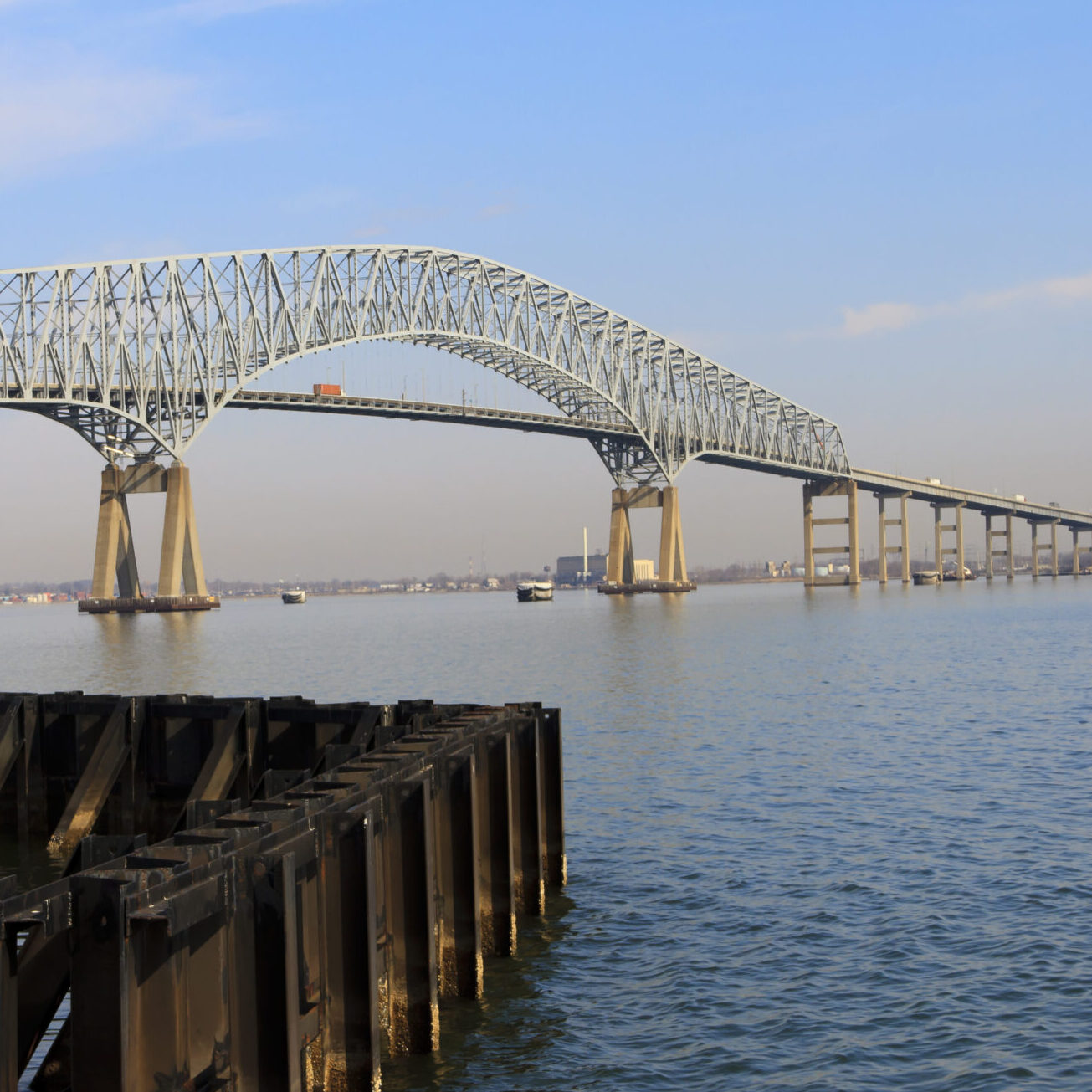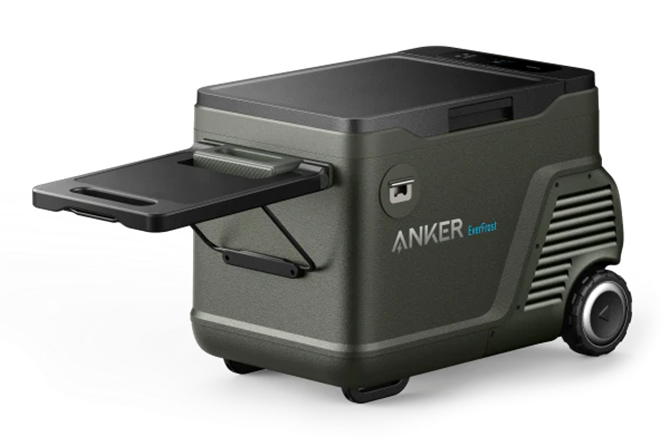
New York Court Emphasizes the Importance of Notice in Subrogation
March 25, 2024
An insurer generally acquires its insured’s rights against tortfeasors through subrogation. But what happens if the insured enters into a settlement and releases the responsible third party? Does the release extinguish the insurer’s subrogation claims? Like most answers to legal questions, it depends.
Whether an insured’s release of a third party is binding against a subrogating insurer varies across the country. In many jurisdictions, a key aspect to determining whether an insured can release its insurer’s subrogation claim is the concept of notice. Specifically, courts will look to whether the third party had notice of the insurer’s subrogation rights prior to executing the release.
A New York trial court recently addressed the notice issue in State Farm Fire & Cas. Co. a/s/o K&B Global Corp. v. Moving & Storage, Inc., No. 805366/2021E, 2024 WL 1061574 (N.Y. Sup. Ct. Mar. 11, 2024). Moving & Storage, insured by Selective Insurance Company, occupied a warehouse in the Bronx. State Farm’s insured, K&B Global, occupied an adjacent building that sustained fire damage. Several interested parties attended a joint site inspection following the fire. The inspection sign-in sheet identified 12 attendees, including Selective’s fire investigator and State Farm’s fire investigator. State Farm’s investigator concluded that Moving & Storage’s negligence caused the fire.
Based on that conclusion, State Farm filed a subrogation action against Moving & Storage. Shortly after filing suit, State Farm discovered that Moving & Storage had executed a release in favor of K&B Global. The release included “all claims it or any insurance company on its behalf had or would ever have against both Moving & Storage or Selective.” Under New York law, a release does not extinguish an insurer’s subrogation rights against the tortfeasor when the tortfeasor had knowledge of those rights or the defendant knew or possessed information which, if reasonably pursued, would have given it knowledge of the insurer’s subrogation rights. The critical issue addressed by the court was whether Moving & Storage had knowledge of the subrogation claim based on the presence of State Farm’s fire investigator at the joint site inspection.
Moving & Storage moved for summary judgment, arguing that the subrogation claim should be barred because it did not have knowledge of the claim prior to executing the release. State Farm responded that Moving & Storage and Selective should have known State Farm had a subrogation claim because its fire investigator attended the joint site inspection, as recorded on the sign-in sheet.
The court ultimately held that State Farm was bound by the release and dismissed the subrogation claim. The court reasoned that neither Moving & Storage nor Selective knew or had reason to know of State Farm’s subrogation rights prior to the execution of the release. The court found that Moving & Storage first had notice four months after executing the release, when it received a letter from State Farm; Selective first received notice six months after executing the release, when it was served with the summons and the complaint. The court rejected the argument that Moving & Storage and Selective had knowledge of the subrogation claim based on the joint site inspection.
This case highlights the importance of giving written notice to all adverse parties of a subrogation right at the earliest possible point in the investigation. Additionally, subrogation professionals should contact their insureds at the outset of the claim so they are aware of, and can participate in, any potential settlement discussions.
For any further questions, please contact Michael Wolfer or Sydney Broom.



